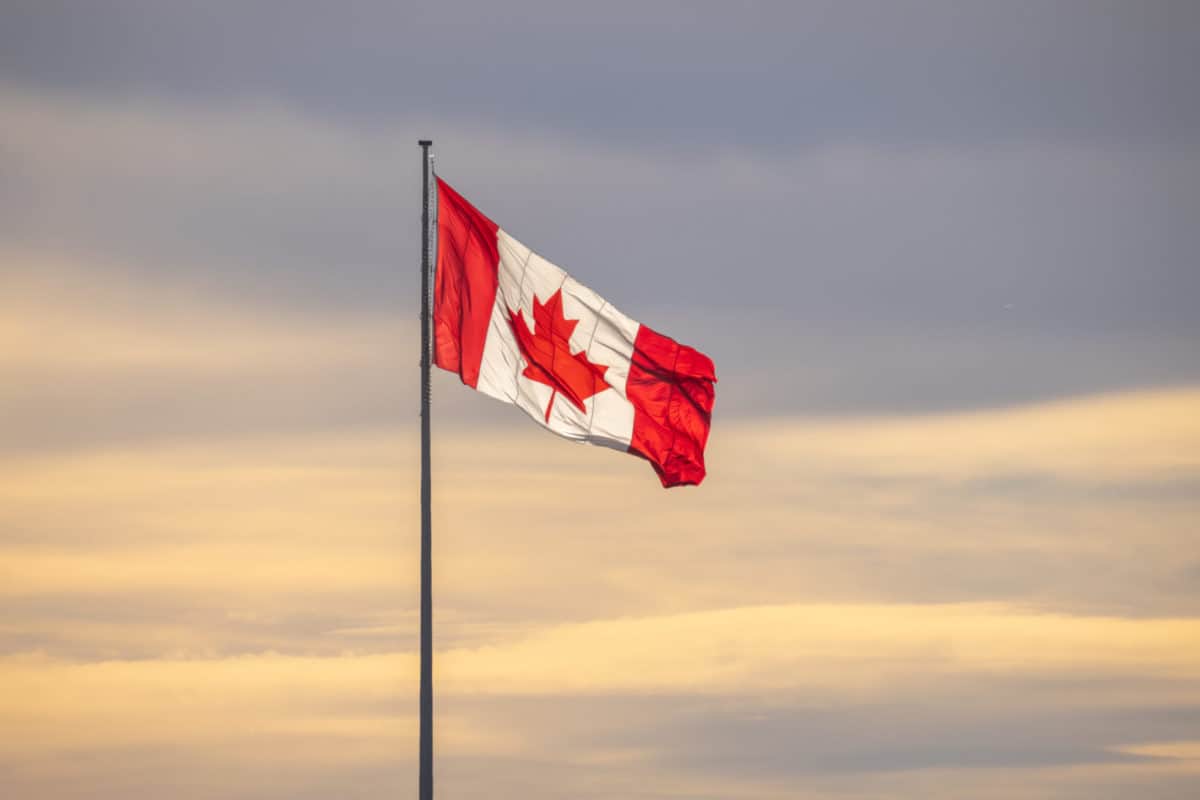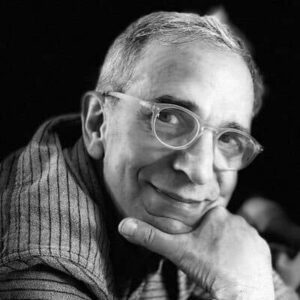Canada has placed a temporary pause on invitations for new high-skilled immigrants through the federal component of the Express Entry system, representing a quarter of the annual intake, as officials struggle to tackle a growing backlog of applications.
An Immigration, Refugees and Citizenship Canada (IRCC) memo seen by the National Post estimates the current inventory of high-skilled applications at 76,000. If every one of those application was successful, they would see the arrival of enough people to meet Canada’s levels targets into 2023.
Each immigration application represents an average of 2.3 new people in Canada, meaning 76,000 applications equates to 174,800 newcomers.
Read More
Job First, Permanent Residence Later: How To Immigrate To Canada In 2021
Canada Pledges $85M For Tackling Immigration Backlogs In Fall Economic Statement
Canada Immigrant Wages Rise As Labour Shortages Lead Employers To Pay More
5 Ways You Could Immigrate To Canada In 2022
TR to PR Pathway: Canada Welcomes Nearly 11,500 New Permanent Residents
Despite Canada being in the midst of a chronic labour shortage, IRCC says the 2022 high-skilled immigration target of 110,500 new permanent residents, as per the October 2020 Immigration Levels Plan, could be cut by as much as half.
This reduction is to accommodate Afghan refugees and newcomers through the government’s Temporary Residence to Permanent Residence Pathway, established during the COVID-19 pandemic to help meet record immigration targets.
Ottawa switched the focus of Canada’s immigration system because of COVID-19. Unable to bring in newcomers directly from abroad due to international travel restrictions, IRCC instead began targeting those already in Canada with temporary status.
The TR to PR Pathway targeted 90,000 applications from skilled workers and international graduates, while the Express Entry system began only issuing invitations to Canadian Experience Class (CEC) and Provincial Nominee Program (PNP) candidates, 80 percent of whom are already in Canada.
Despite the brief return of invitations for Federal Skilled Worker Program candidates – more likely to be abroad – at the end of 2020, the last invitation for that program went out more than a year ago.
During 2021 invitations were issued exclusively to CEC and PNP candidates.
In September 2021 and faced with a growing backlog, IRCC then stopped the issuance of CEC invitations and has only invited PNP candidates ever since.
What This Means For Candidates
The message for candidates is that this pause only represents about a quarter of Canada’s planned immigration intake for 2022.
Outside federal high-skilled workers, Ottawa still has places for a further 300,000 new permanent residents, more than 130,000 to come through economic categories and 103,500 through Family Class categories.
These include spouses, partners and children, parents and grandparents, Provincial Nominee Programs, the newly-permanent Atlantic Immigration Program, plus Quebec, which operates its immigration system independently and plans to welcome upwards of 70,000 newcomers in 2022. These immigration pathways are not part of the pause.
The planned pause of federal high-skilled invitations means a qualifying job offer becomes of central importance when immigrating to Canada.
Immigration.ca has extensively reported that Canada has been operating a two-step immigration system since COVID-19 forced the imposition of international travel restrictions and the closure of the U.S. border.
Those two steps are job first, permanent residence later. Ottawa is effectively extending that policy with its latest announcement.
The fact remains that Canada is embroiled in a chronic labour shortage, with businesses unable to run at full capacity due to a lack of staff. Candidates can come in on a work permit to plug those gaps, and make the transition to permanent residence later.
Who Is To Blame For The Backlog?
The Express Entry system was established in 2015 to eliminate the huge backlog and lengthy waiting times under the old first-come, first-served immigration system.
Instead of processing every application in the order they were submitted, the new system allowed Ottawa to select the candidates most likely to be successful and invite them to apply.
Initially, it worked. The backlog was eliminated and processing times were reduced, to between six months and a year.
However, to have reached the point again where skilled worker invitations are being suspended is a case of troubling mismanagement on the part of Ottawa and the IRCC.
Why did they wait for the backlog to get so far out of hand before reducing the numbers of skilled worker invitations?
By setting immigration targets of more than 400,000, Canada’s federal government piled pressure on itself to welcome record numbers of newcomers. As a result, it accepted a tidal wave of applications in 2021 – and will accept still more in 2022. Ottawa has stated that the backlog is likely to get worse before it gets better.
Ottawa must do a better job going forward under new Immigration minister Sean Fraser. The tools are there for the intake of applications to be controlled so that backlogs and processing times are not allowed to grow.
To be talking about federal high-skilled worker processing times of between two and three years, when the standard is six months, is simply not acceptable.
It undermines the credibility of our entire immigration system.





